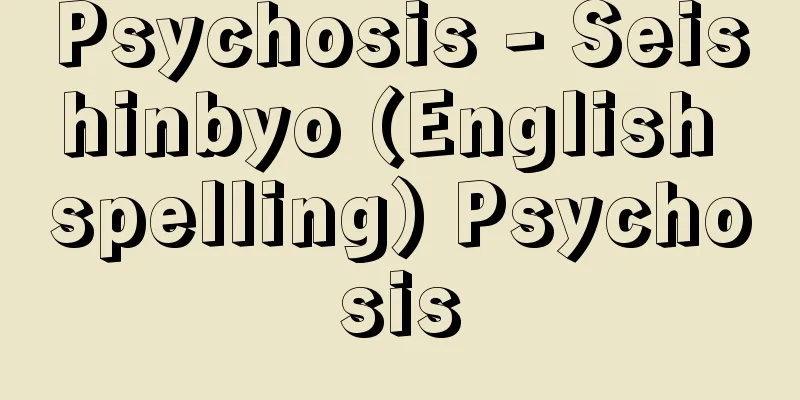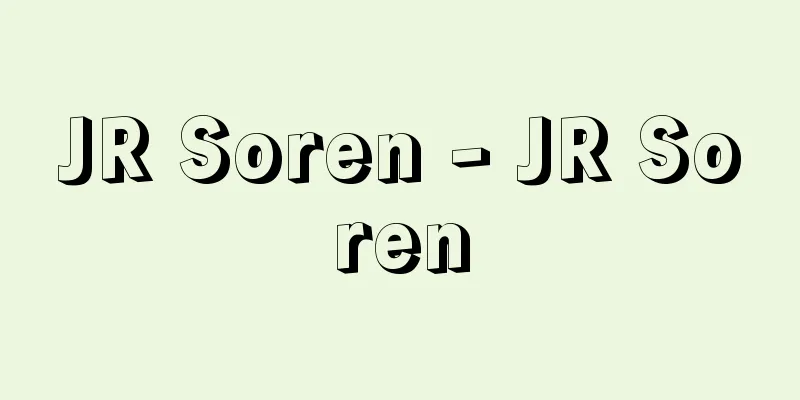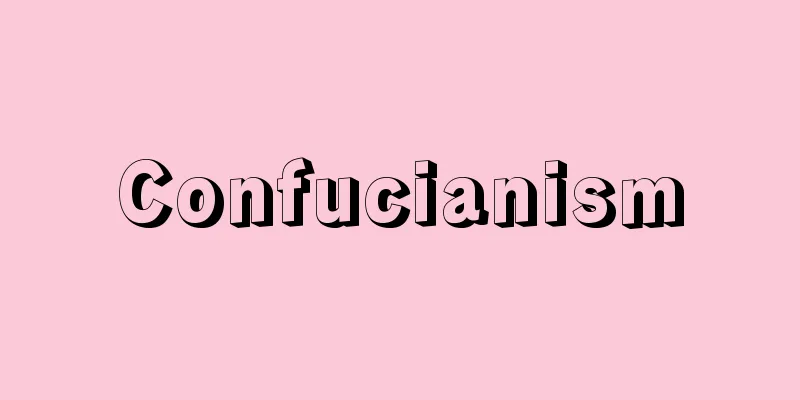Psychosis - Seishinbyo (English spelling) Psychosis

|
Mental disorders are a general term for mentally abnormal conditions, but some of these conditions are specifically called mental illnesses. Therefore, mental illness is a narrower concept than mental disorders. There is not necessarily a consensus on what specific mental disorders should be called mental illnesses, and there are roughly two positions: One of them is the German-speaking view that mental disorders that appear when the brain is directly or indirectly affected are called mental illnesses. In other words, this includes cases where mental symptoms appear when the brain is directly damaged by cerebrovascular disorders, infectious brain diseases, head trauma, etc. (organic brain mental illnesses), and mental disorders that appear when the brain is indirectly damaged as a result of physical diseases such as endocrine disorders, metabolic disorders, and disorders of internal organs such as the kidneys and liver (symptomatic mental illnesses). In addition, schizophrenia, affective disorders (manic depression), etc. are also considered to be mental illnesses. From this perspective, neuroses and psychogenic reactions, whose symptoms appear due to psychological causes, environment, or personality problems, are excluded from the category of mental illnesses. The other is the position that mental illness is a severe mental disorder. In other words, rather severe mental disorders such as strong hallucinations and delusions, strong excitement or depression, hyperactivity, and psychomotor inhibition that cause loss of contact with the surroundings, personality changes, loss of ability to assess reality, impaired social adaptation, and lack of awareness of illness are called mental illnesses, and milder disorders are classified as neuroses and excluded from the category of mental illnesses. The International Classification of Diseases (ICD) generally takes this position, but the severity of symptoms can sometimes be difficult to judge, and even in neuroses, when a strong reaction is shown, the mental symptoms can also be agitated, so it is not necessarily easy to distinguish between the two based on the severity of the symptoms. In general, when the brain is directly or indirectly organically or functionally damaged and symptoms such as hallucinations, delusions, and personality changes are shown, it is called a mental illness, and it can be said that endogenous psychoses, organic psychoses, and symptomatic psychoses correspond to this category. Regardless of the definition of mental illness, terms such as "childhood psychosis" or "alcohol psychosis" are used, but many of these are named after the age at which symptoms appear or the substance or cause that causes the symptoms, and sometimes it would be better to call them "childhood mental disorders" or "geriatric mental disorders." [Toshio Yamauchi] [References] | | | |Source: Shogakukan Encyclopedia Nipponica About Encyclopedia Nipponica Information | Legend |
|
精神に異常をきたした状態を総称して精神障害とよぶが、そのなかの一部をとくに精神病とよぶことがある。したがって、精神病は精神障害よりは狭い概念である。具体的にどのような精神障害を精神病とよぶかについてはかならずしも一致した見解があるわけではなく、大きく分けて次のような二つの立場がある。 その一つはドイツ語圏の考え方で、脳が直接、間接に侵されて現れる精神障害を精神病とよぶとするものである。すなわち、脳の血管障害、脳の感染性の疾患、頭部外傷などによって直接脳に障害が加わって精神症状が出現する場合(脳器質精神病)や、内分泌疾患、代謝疾患や腎臓(じんぞう)や肝臓など内臓臓器の障害などの身体疾患に罹患(りかん)した結果、脳が間接的に障害された場合に出現する精神障害(症状精神病)がそれにあたるが、そのほかに統合失調症、感情障害(そううつ病)などをあわせて精神病とよぶ考え方である。この立場からすると、心理的原因や環境、性格的な問題で症状が出現する神経症や心因反応などは精神病からは除外される。 もう一つは精神障害の重いものを精神病とよぶとする立場である。すなわち、幻覚や妄想が強かったり、強い興奮やうつ気分、活動性の亢進(こうしん)、精神運動の抑制などにより周囲との接触が失われたり、人格の変化がもたらされたり、現実検討の能力が失われたり、社会適応の障害があったり、病識を欠いていたりといった、どちらかといえば重症の精神障害を精神病とよび、程度の軽いものを神経症などとして精神病から除く立場である。国際疾病分類(ICD)はおおむねこの立場をとっているが症状の重さはときには判定しがたく、神経症でも強い反応を呈する場合には精神症状も激越のこともあり、両者の区別を症状の重症度で分けることはかならずしも容易ではない。一般には脳が直接、間接に、器質性あるいは機能性に障害され、幻覚、妄想、人格変化などの症状を呈する場合を精神病といい、内因性精神病、器質精神病、症状精神病などとよばれるものがこれに相当するといえよう。 このような精神病の定義とは関係なく、「小児精神病」とか「アルコール精神病」などという呼び方が用いられるが、これらの多くは症状発現の年齢や症状を引き起こす物質や原因の名前を冠して名づけたもので、ときには「小児精神障害」あるいは「老年期精神障害」とよんだほうがよい場合もある。 [山内俊雄] [参照項目] | | | |出典 小学館 日本大百科全書(ニッポニカ)日本大百科全書(ニッポニカ)について 情報 | 凡例 |
Recommend
Costume - Isou
〘 noun 〙 To wear unfamiliar and unusual clothing. ...
Obi Untying - Obitoki
A celebration in which the kimono's obi is rem...
Africa - Africa (English spelling)
Overview The African continent has an area of a...
Agata Nobutsugu
1824 * -1881 A samurai and government official fr...
Edo Kaimai - Edo Kaimai
…At the same time, rice began being transported f...
Folkways
…Sumner was greatly influenced by the evolutionar...
Red mentai - Red mentai
...It is also called Oaka (Tokyo, Wakayama), Akam...
Cone - Ensui
If there is a circumference c on plane α and a po...
Chonan clan
A medieval samurai family in Kazusa. Also written ...
Yang Guozhong
Prime minister of the Xuanzong Dynasty of the Tan...
Petrazhitskiy (English spelling) Lev Iosifovich Petrazhitskiy
1867‐1931 A leading Russian legal scholar. After g...
Kanto Gundai Iwahana Office - Kanto Gundai Iwahana Office
…In the Chichibu Basin, a circular calling for so...
Explosives Control Penalties - Bakuhatsubutsutori Shimari Bassoku
This is a supplementary law to the Criminal Code ...
Kamaboto - Kamaboto
...There are legends about the Kamadogami being a...
Kanamycin - Kanamycin
It is one of the representative aminoglycoside (a...
![Kurate [town] - Kurate](/upload/images/67cb6dc6696f7.webp)








